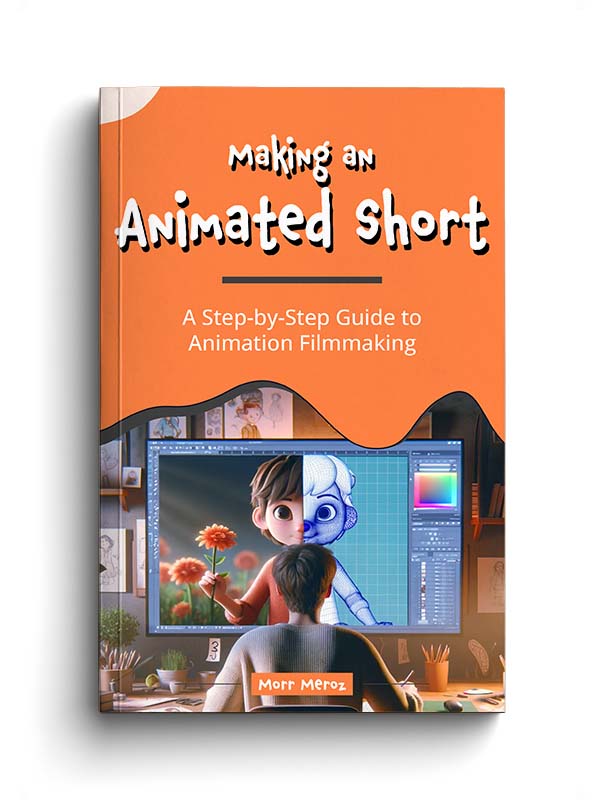“How do you get inspired to animate?” is a question I hear a lot.
I often wonder about that question. What does it mean? Have you ever heard someone asking an accountant “How do you get inspired to do taxes?”
Probably not.
Then why is that a question creative people often hear? We’ve all heard of a writer’s block. A painter who can’t find his muse. A musician who’s not inspired. Work is a much more romantic concept when it comes to artists. But that’s the wrong way to look at it.
Warning: Rant ahead
Animating is a job. It requires hard work, practice and discipline. So does writing. So does composing. In his book On Writing Stephen King talks about his writing habits, and they’re actually very simple. He writes for a few hours in the first half of the day, every day. He doesn’t wait for inspiration to strike him, he wakes up and work.
If you’re an artist, and you don’t continually work on your art because you’re not inspired, there’s a very simple name for you: Amateur.
“Amateurs wait for inspiration to strike, professionals go and do the work.”
When studio hires me to do animation for a commercial, I have to go to the studio and animate every day until the job is done. Same goes for Disney animators. They go and animate every day. Inspiration can hit you from time to time, and it’s a wonderful thing, but it’s unreliable.
Getting inspired for your personal projects
This is where it gets harder. Working on your own personal projects. There’s no boss or real deadline. Anyone can find the energy to animate 10 hours a day when they’re getting paid to do so, and when there’s a whole team keeping them accountable for their work, but what do you do when it’s just you? When there’s no pay at the end of the day? When there’s no one watching you, encouraging you or reprimanding you when you do a poor job?
How do you get inspired to do the work when nobody cares about it?
I admit, this is harder, but my answer remains the same: Professionals get up and work. Amateurs wait for inspiration or motivation.
Doing a little bit, every day
I went through this challenge a few times since starting Bloop. The first time was while making LIFT UP. This film required me to basically make a short film, only a few months after finishing my student film. It was harsh. Not only was I burnt-out from just producing a film, but I also didn’t have the school’s system supporting me. No scary deadlines or knowledgable teachers. No peers working beside me. I also didn’t have the lovely audience I now have, looking forward to my articles, videos or short films.
I had to simply close my eyes and put my nose to the grindstone. Got up every day and animated as many hours as I could, every day. That’s the key, I believe. Doing a little bit every day. Sometimes I animated for 5 hours, sometimes I only got 30 minutes of work in.
The important thing was getting some progress every day.
I used the same method when I was writing my book Animation for Beginners. Writing is really hard, but doing a little bit every day makes it so much easier. The reason, I think, is that you get into some rhythm, and getting a lot of evidence that you are capable of doing the work. One of the scariest things about writing (and animating as well) is the feeling that you don’t really know how to approach it. Where to start. But if you work a little bit every day, you know that it’s possible, because you’ve done it the day before.
What’s next
These concepts are important to know and understand if you’re transitioning from amateur to pro.
I also highly recommend reading The War of Art by Steven Pressfield. This book will change the way you look at work, motivation, inspiration and your own resistance.
Another thing that helps me stay “inspired” while I animate, is listening to cool scores from films or video game. That’s just my own little trick.
Making an Animated Short (FREE ebook)
A free ebook covering the process of making an animated short film from start to finish.




